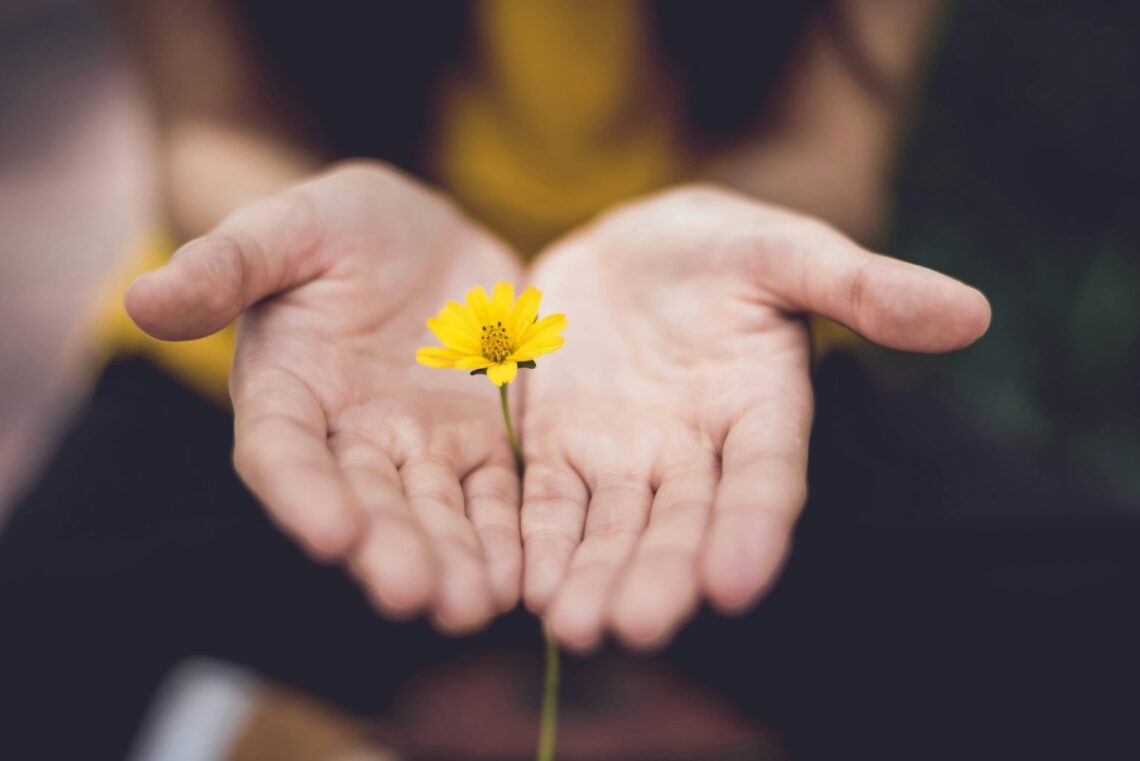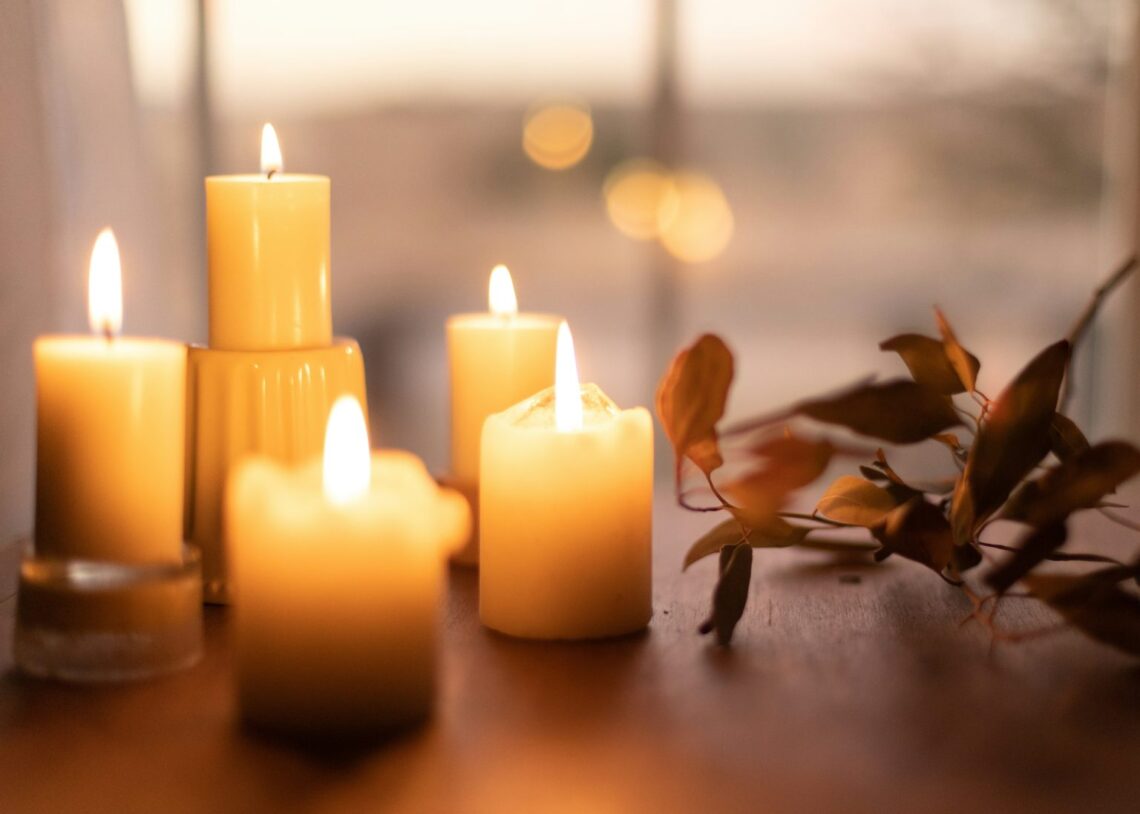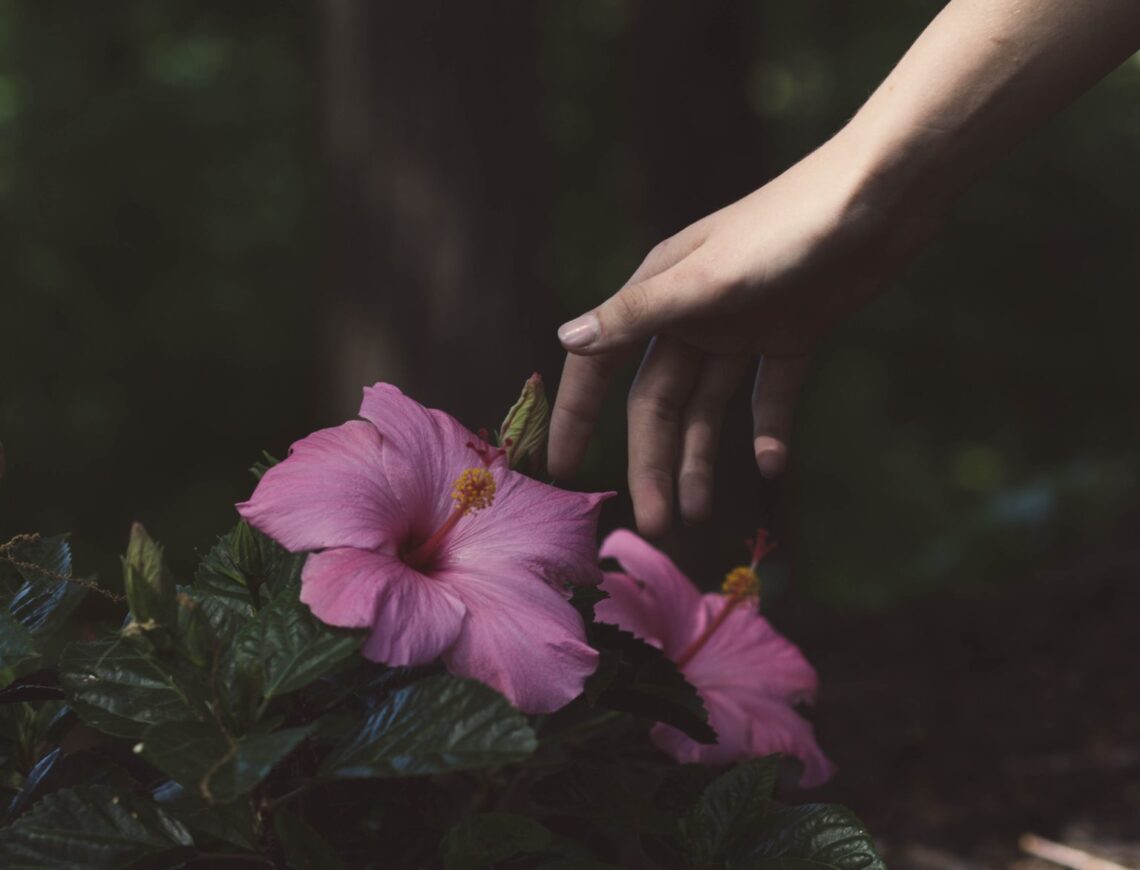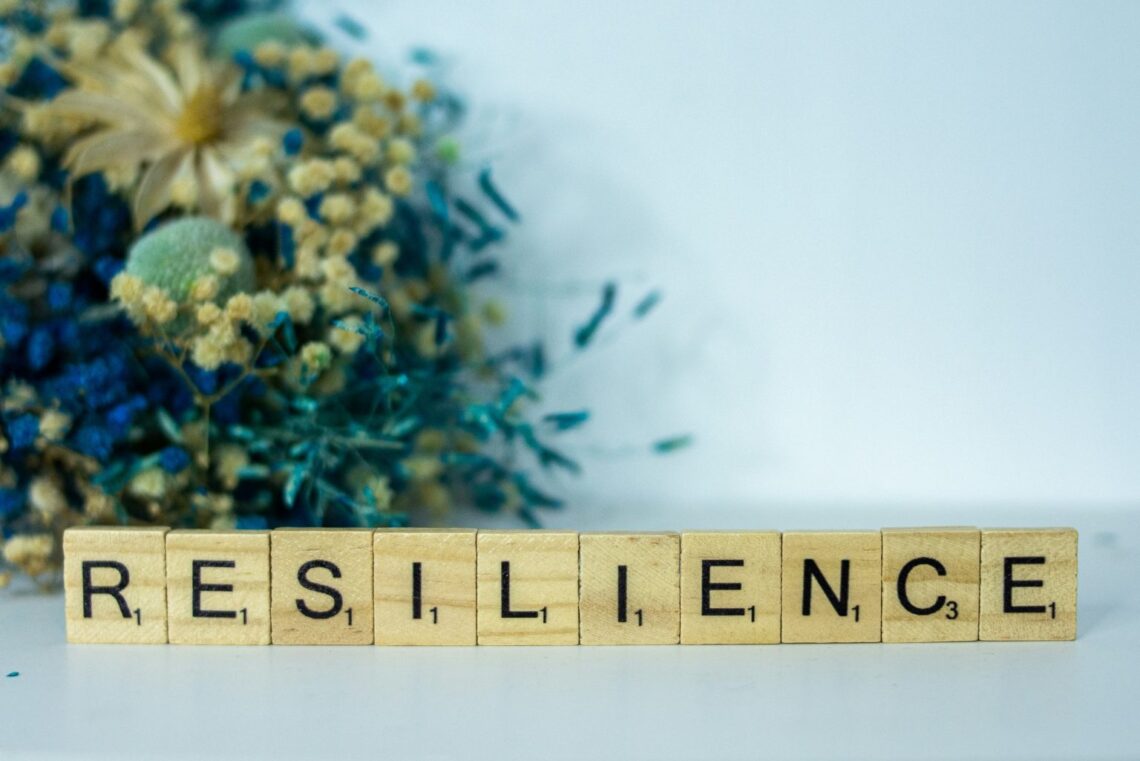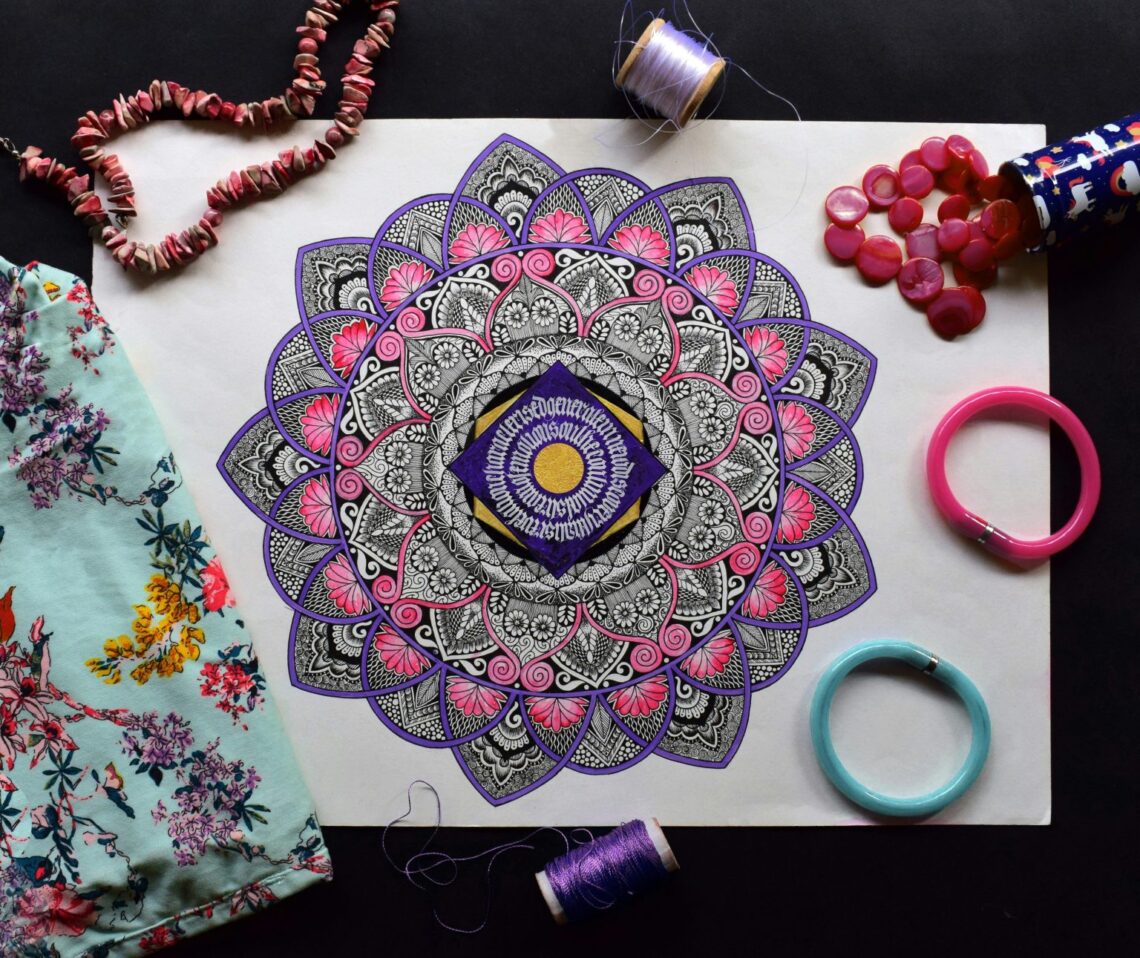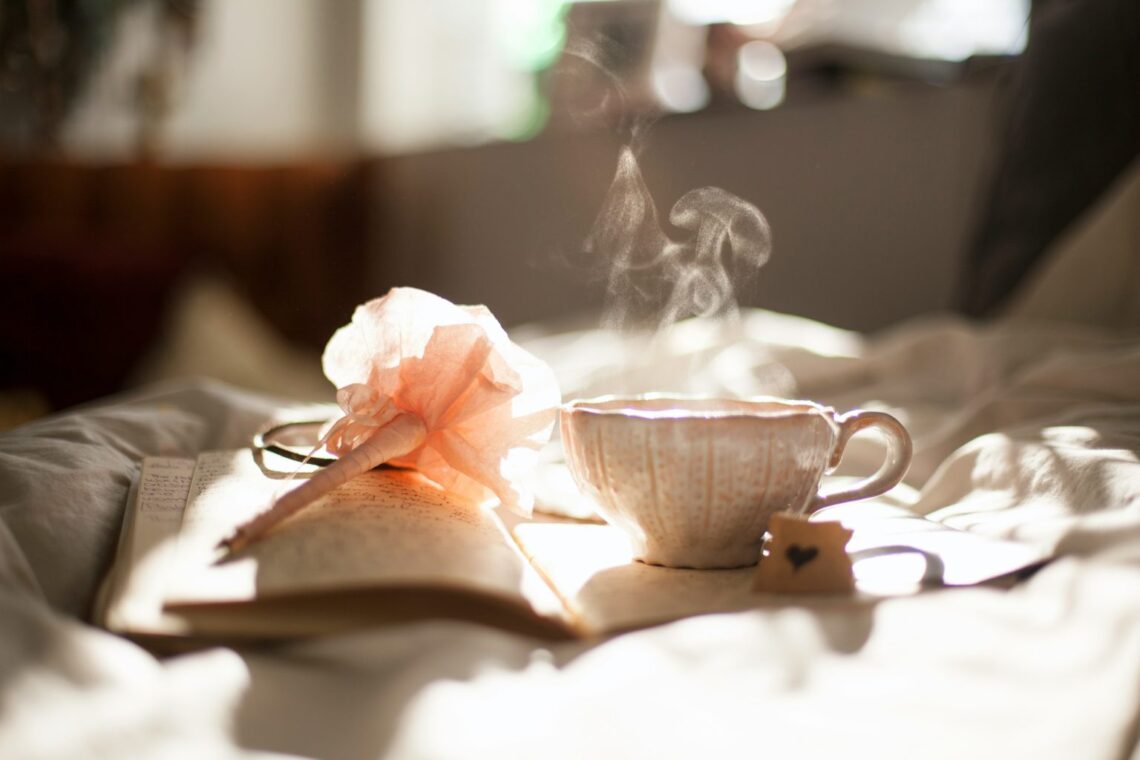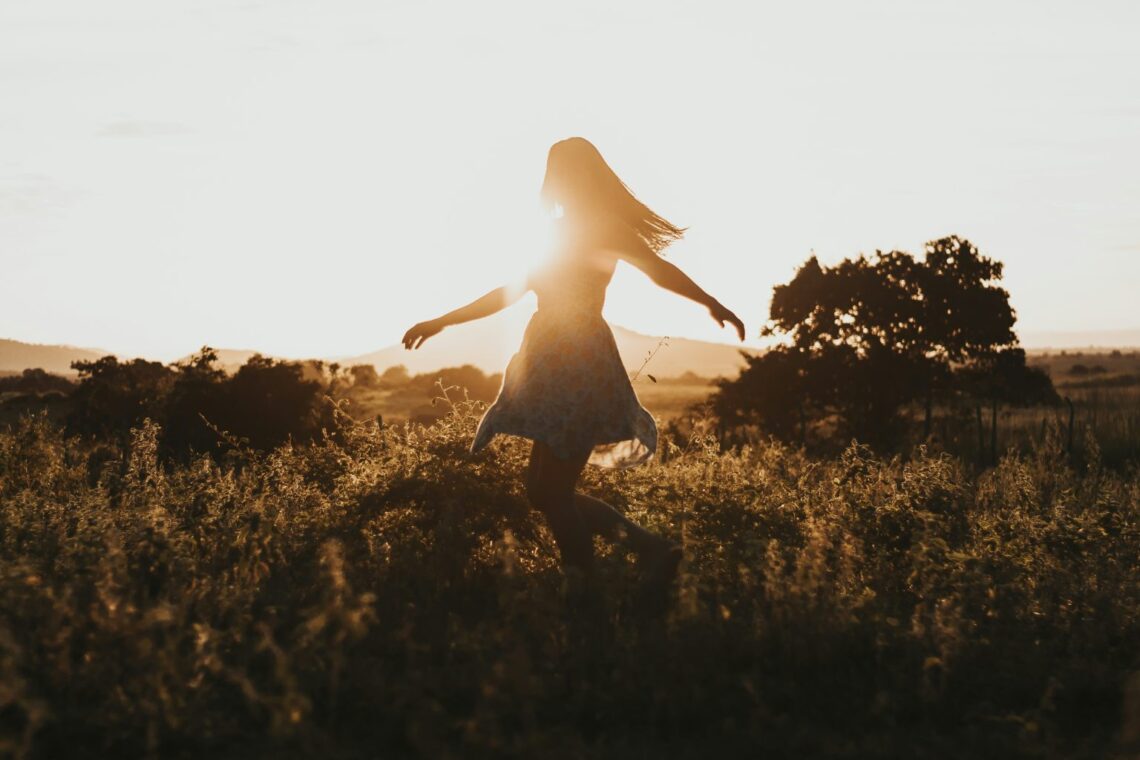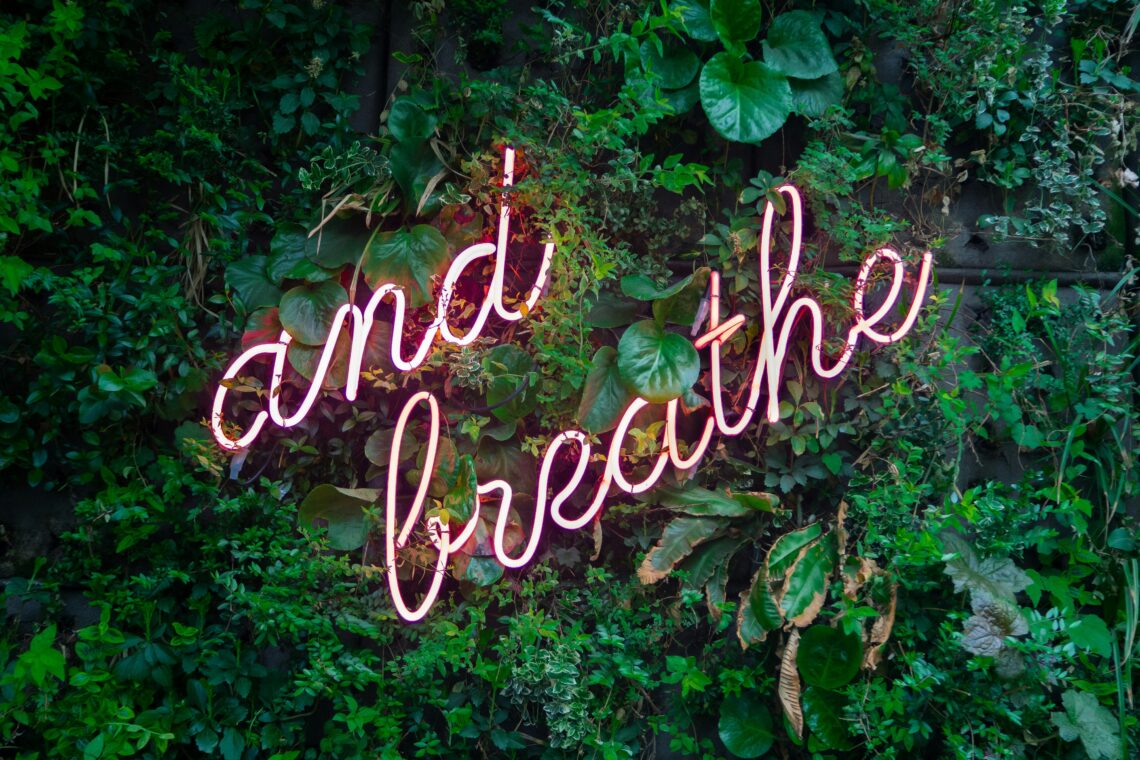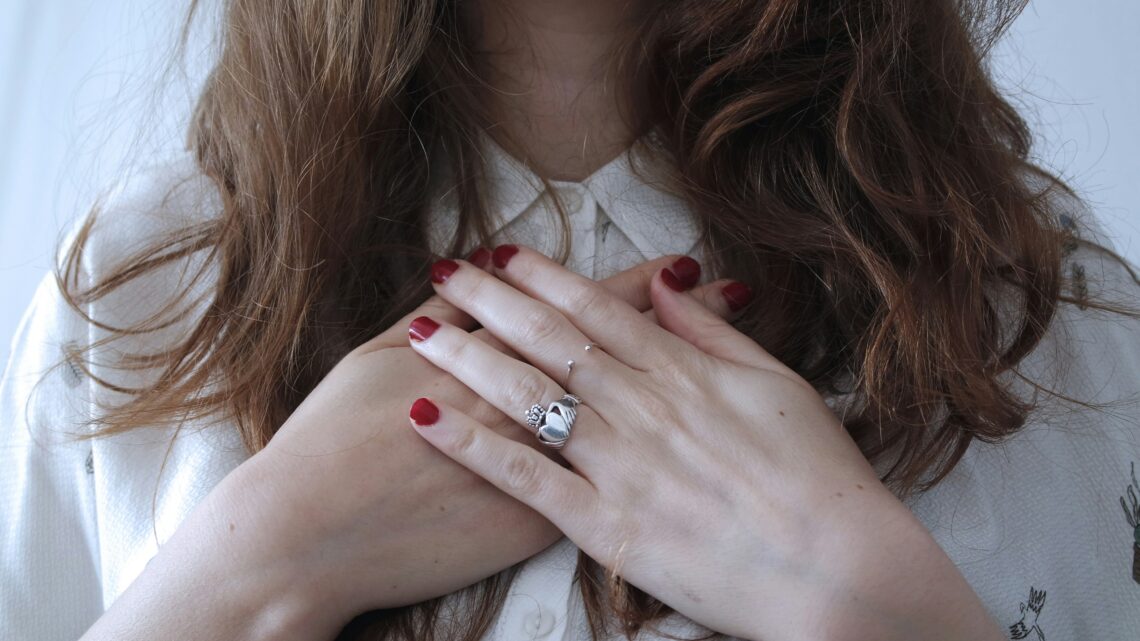Submitted by Kelly Alandt RN OHNA Director-at-Large I remember learning in nursing school about the importance of treating and caring for the whole person; taking into consideration not just the physical aspects of a person, but the emotional, mental, and spiritual portions as well. Over the years as I have…
-
-
Submitted by Jeanne Thomsen, RN OHNA Secretary For me, well-being is that general feeling of contentment and peace when I find the balance between accomplishing the things that need to be done and giving time to the things that I want to do. Accomplishing those must-do-but-don’t-really-want-to tasks usually requires a…
-
Submitted by Christina Dynamite BSN, RN-BC, NC-BC The last time I posted a vlog, it was about leaning into discomfort and the need for community support as a means of engaging in self-care. This time, I’d like to talk about how leaning into the self-growth of learning and talking about…
-
Submitted by Cordy Anderson RN, BSN, CCMHP, QTTT As I sit to write this post, I cannot imagine my life without the holistic view that I hold. I graduated with my BSN in 1969 and the content of the baccalaureate program talked about “the whole person”, “remember their family”, “don’t…
-
Holistic nurses have experienced the impact regular centering practices have on their ability to stay grounded and find a well of calm from which to draw on their ‘normal’ days. During these turbulent times, nothing is that same kind of normal. We are being called to step up and adjust…
-
submitted by deonne wright, RN – OHNA Communication Coordinator From the moment I discovered mandalas, I have loved them. Something unexplainable about them pulls me in and takes me into my own center. I feel the ‘magic’ of the sacred geometry they represent. I’m not a mathematician, but I…
-
submitted by Kathleen Bell, RN, MSN, CNM, MS1-BC, AHNBC In my roles as a certified Advanced Holistic Nurse, Meditation Specialist, and teaching faculty for AHNA’s Integrative Healing Arts Program (IHAP) I read a LOT. And it seems to me, in the new year 2020, that the “buzzword” within integrative health…
-
Submitted by Breeze Powell Spivey, RN – OHNA Director-at-Large For whatever reason, the thought of self-care is daunting at times. I’m not sure at what point I started to think of self-care as more of a chore than a way of life. Maybe it was the association of having to…
-
Submitted by Christina Dynamite, BSN, RN-BC, NC-BC, OHNA Conference Coordinator This is our very first Vlog!! Christina provides some expert tips for exploring a different approach to self-care! Check it out here
-
Submitted by Guest Blogger, Judith Tamarah, MIARC Not enough time to do a self-care practice is frequently looked at as the culprit behind a derailed self-care routine; but I believe the deeper cause is that we haven’t made the space. One of the greatest tools we have is our environment.…
